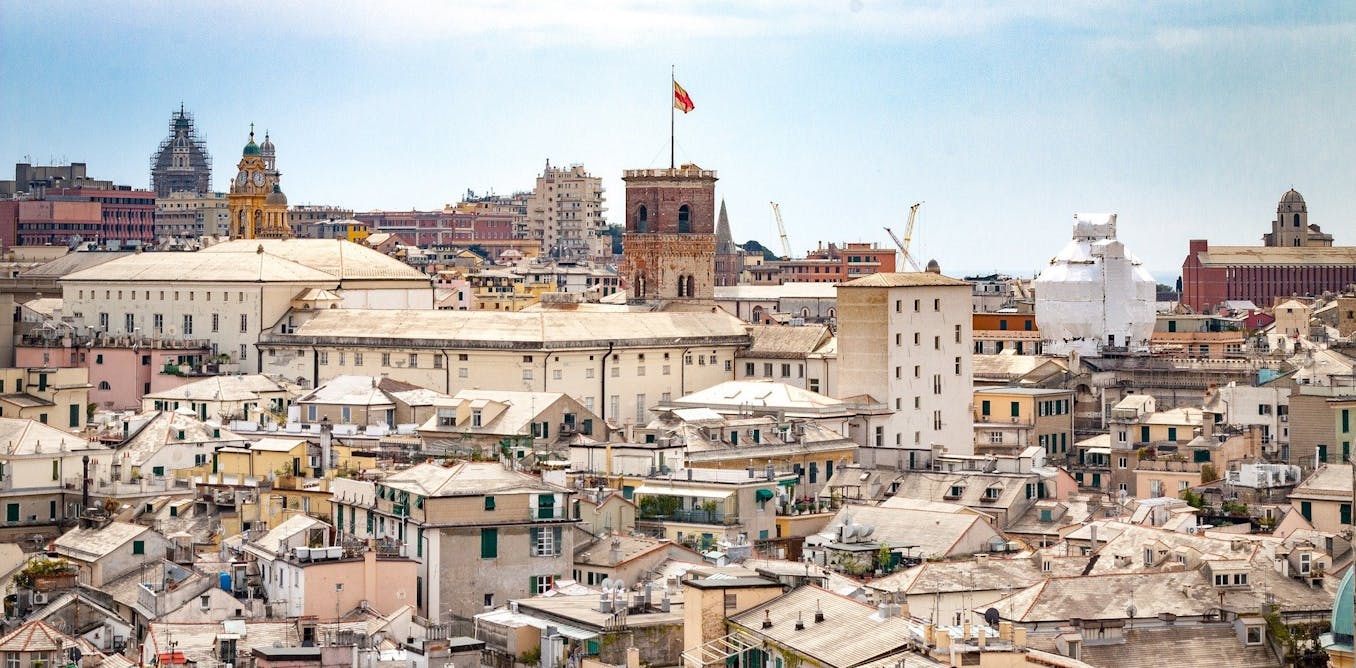
Genoa, an example on how to rethink cultural heritage and urban sustainability
Urban planning has a long history, stretching back to Ancient Greece and even Mesopotamia. Many centuries later, Europe finally caught up with the idea when Genoa developed the Strade Nuove and the Palazzi dei Rolli – the “new streets” and “Rolli palaces” – in the late 1500s.
At the time, the city was an important centre of power, culture and finance, and the projects represented one of the first urban frameworks established by a public authority. The “palaces” were a system of public lodgings in private residences, and over time they and the strade nuove became fully integrated into the city’s fabric. An outstanding early example of an urban ensemble, they were added to the UNESCO World Heritage list in 2006.
History never stands still, of course, and in 2018-19 the site’s management was renewed thanks to support by Italy’s Ministry of Culture. The multidisciplinary approach was jointly conducted by the Fondazione Santagata for the Economics of Culture, the Centre for Advanced Studies in Tourism (CAST) of the University of Bologna and the University of Genoa.
As part of the process, the 2006 management plan (drafted in parallel with the UNESCO nomination) was assessed as well as current urban dynamics, the mapping of cultural and creative industries, and the needs expressed by the stakeholders and right holders. The new integrated management plan identifies three different strands of action:

Rolli Lab, CC BY
For each, operational tools and measures – more than 30 in all – were identified to create a set of activities that would highlight the importance of the Palazzi dei Rolli heritage system for the city’s diverse communities. Those instruments were drafted according to a set of four criteria: capacity to ensure a financial sustainable management for the site, capacity to promote innovation in cultural productions, potential to generate growth opportunities and support business development, and capacity to create a socio-economic impact beyond the site’s boundaries.
The plan was drafted in line with two other planning policies and urban instruments, the “Lighthouse” urban resilience plan (2019) and the Genoa 2050 Strategic Plan (2021). Inspired by the United Nations Agenda 2030 for Sustainable Development, the focus is on innovation, regeneration of the urban context, and creating multifunctional networks within an overall framework.
After the management plan was approved by the municipality of Genoa, the challenge became how to approach its implementation in a period affected by Covid-19 restrictions, then at their height. At the end of 2020, Genoa’s Economic Development and Innovation Projects Department, with the scientific support of Fondazione Santagata, created a tool to bring the plan’s implementation to fruition – Rolli Lab.
A tool designed to act as a call for ideas and projects targeted to all the city users of the city of Genoa, Rolli Lab seeks to enhance the World Heritage site’s impact on Genoa’s cultural, social and economic activity. Through its call for innovative ideas, Rolli Lab promoted the establishment and development of new activities, in line with the strategies of the UNESCO management plan and the United Nations Agenda 2030 for Sustainable Development.
In response, local communities became engaged to help the city offer new services for the care, management and enhancement of the cultural heritage. The overall participation was successful and went beyond expectations: 54 applicants took part, presenting innovative ideas. Finalists were shortlisted to present their projects in a public debate open to the citizens. The evaluation board, which included the Ministry of Culture, UNESCO’s Italian National Commission, Genoa’s city councillor for cultural policies, and the University of Genoa, selected the best proposals.
The four winning proposals were:
-
“Rolli 2.0”, a tool for education, dissemination and audience engagement. Used to study the Rolli system, it presents a large-scale city model that users can label with QR codes.
-
“Stroriama” an immersive podcast that tells stories and reveals curious facts about the city.
-
“In²heritage”, an applied-research project for the knowledge and monitoring of the state of conservation of the Rolli palaces. It’s based on an innovative systems of data collection and management of heritage transformations.
-
“Caccia e Vinci” is a “treasure hunt” game for tourists that lets them discover unusual areas of the city, local handicrafts, and food and wine.

Rolli Lab, CC BY
The experience of Rolli Lab illustrates how the management of cultural heritage can address a growing need for sustainability demanded by institutions, practitioners and residents. It also provided an opportunity to transform the Strade Nuove and the Palazzi dei Rolli World Heritage site into a source of resilience and development by creating a dynamic relationship between historical heritage and innovation, between the historical centre and the city.
Indeed, the Rolli Lab has encouraged the adoption of an inclusive and sustainable approach to territorial integration, urban enhancement, accessibility, and use of places. By empowering the creation of ideas through a bottom-up approach, it has proven to be an innovative tool for continuously updating of the World Heritage site’s management plan, and for monitoring its capacity to respond to stakeholders’ needs.
